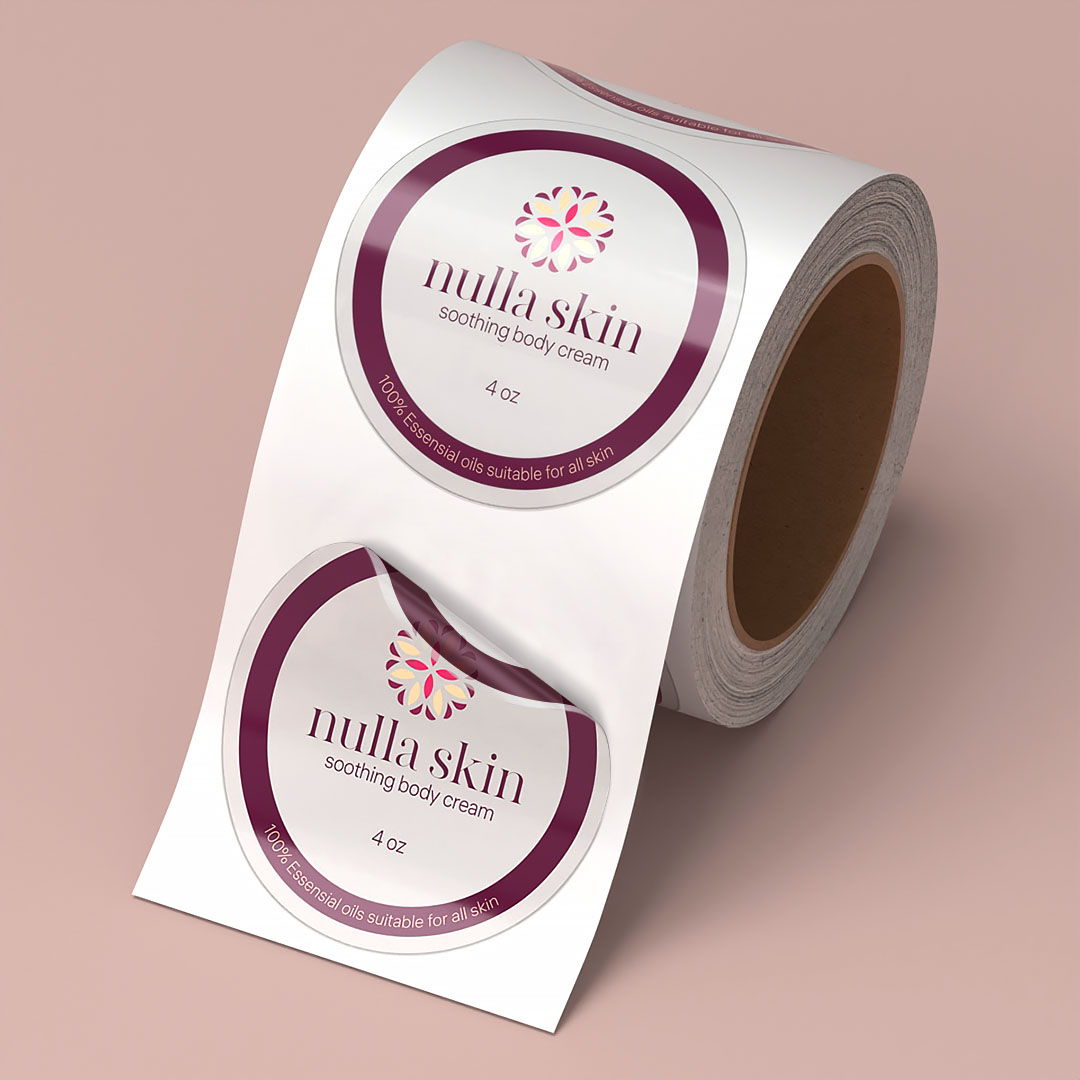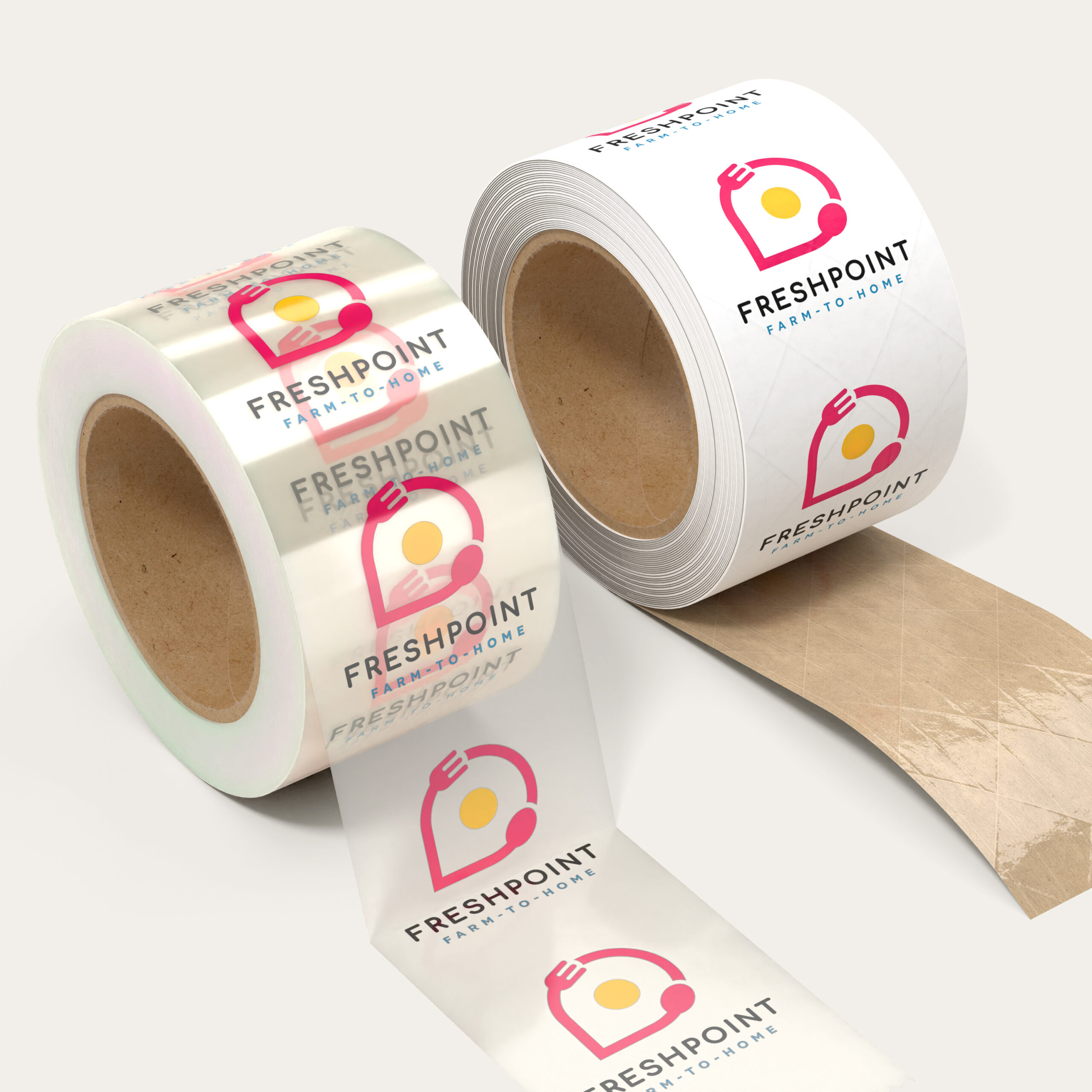For roll labels that hit the mark, look at your surface, volume, and printer, and you'll know whether to go with a standard roll size, a custom label design, or a premium material for high-durability tasks.
Are you struggling with labels that peel off, jam your printer, or look cheap on the shelf? That's exactly why roll labels are so important to get right. According to Verified Market Reports, the global roll label market alone was valued at about $5.75 billion in 2024. Join us as we look into what you should know about buying roll labels!
How to Organize Rolls of Labels
Many people sort their roll labels by roll label sizes. It helps you pull the right roll for your printer or applicator.
It also cuts down on errors since you won't grab a size that doesn't match your setup. A quick look at each roll's core and width can guide you to the correct choice.
Simple tools can help keep your labels tidy. A small rack or drawer works for most workspaces.
Some people use dispensers for rolls they reach for each day. The goal is to create a spot where each roll stays in place and doesn't shift or unwind.
Humidity and dust can affect the adhesive and print surface. A dry and clean area helps your roll labels stay in good condition.
It matters if you store rolls for long periods or use materials that react to moisture. A steady environment helps your labels keep their quality.
A quick look at each roll's core and width can guide you to the correct choice
What Are the 4 Types of Labels?
Picking the right type helps you get better print quality and longer use. There are four main types of labels used on rolls:
- Paper labels
- Film or plastic labels
- Thermal transfer labels
- Direct thermal labels
Paper Labels
Paper labels work well for products that stay indoors and don't need to face rough conditions. They take ink well and usually cost less than other materials.
Many people choose them for retail items, office use, and basic packaging. They're a good match for color printing and simple graphics.

Film or Plastic Labels

Film labels, sometimes called plastic labels, hold up better when they come in contact with moisture or oils. They resist tearing and keep their shape even when pressed or stretched.
It makes them a strong choice for food containers, cosmetic bottles, and cleaning supplies. Their smooth surface works well with many printing methods.
Thermal Transfer Labels
Thermal transfer labels use a ribbon to create the printed image. This method gives you sharp text and strong durability.
These labels support high-contrast barcodes and long-term storage. Many warehouses use them for shelf tags and product tracking because the print stays readable over time.
Direct Thermal Labels
Thermal transfer labels use a ribbon to create the printed image. This method gives you sharp text and strong durability.
These labels support high-contrast barcodes and long-term storage. Many warehouses use them for shelf tags and product tracking because the print stays readable over time.
Roll Label Sizes and Formats
Many brands use a set of standard roll label sizes that match popular printers and applicators. These sizes work well for shipping labels, retail tags, and food packaging.
A standard size gives you steady results and helps you restock quickly. It's also helpful when you're testing new materials or designs since you don't have to guess what will fit your machine.
Core Size and Unwind Direction
The core size affects how the roll fits on your printer. A common size works for most small and mid-range printers, while larger machines may use a wider core.
The unwind direction matters because it determines how the label leaves the roll. Some printers read from the left, and some read from the right. A simple check of your equipment helps you match the roll to your setup.
The unwind direction matters because it determines how the label leaves the roll.
Materials and Durability Considerations for Roll Labels
Paper works well for many everyday uses. It supports bright colors and smooth label printing. It doesn't handle moisture as well as film, but it's a strong choice for retail, office use, and boxed goods.
Film offers stronger durability for moisture, oils, and friction. It makes it a good match for cosmetics, food packaging, and cleaning products. Synthetic options often keep their shape and resist tearing.
Environmental Resistance
Some products face temperature swings, sunlight, or repeated handling. These conditions call for roll label materials that can handle the stress.
A coated film can stay readable in humid or warm settings. Freezer-grade options help labels hold on to cold surfaces without peeling.
frequently asked questions
Long-term storage often calls for a material that stays readable and stable over time. Synthetic film works well since it resists moisture and holds up to changes in temperature.
It keeps the print clear and doesn't tear easily. This makes it a strong match for storage bins, warehouse shelves, and boxed inventory.
A coated surface can help protect the print during daily handling. If you use roll labels in a setting with dust or humidity, film gives you a steadier result than most paper options.
Adhesive strength plays a major role in settings with heat, cold, or moisture. Cold environments may need freezer-grade adhesive so the label sticks to chilled surfaces.
Warm or humid areas may need a stronger bond to prevent peeling. Smooth containers often accept a wide range of adhesives, while textured containers may need a more flexible option. Testing a small batch helps you see how the label reacts to real conditions.
A Guide to Buying Roll Labels
A smart approach to roll labels helps you pick the right size, material, and printing method for your needs.
At UPrinting, we've been committed to high-quality printing since 2005, supporting businesses of every size with reliable service and easy customization. Our team checks every file, guides customers through each step, and keeps production on schedule. We focus on dependable quality, real support, and products that help businesses move forward.
Get in touch today to find out how we can help with your roll label needs!



